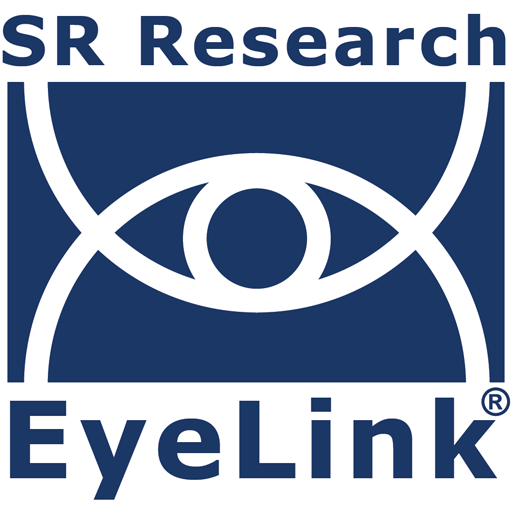案例研究:前驱和显性α-突触核蛋白病中的糖、瞳孔和眨眼异常

神经退行性疾病,如帕金森病(PD)和多系统萎缩(MSA),在诊断方面存在重大挑战,特别是在早期和前驱阶段。准确和及时的识别对于旨在延缓疾病进展的有效治疗策略至关重要。本案例研究强调了眼动追踪技术作为一种非侵入性、经济实惠且灵敏的诊断工具的重要作用。
早期帕金森病和MSA等疾病之间的表型相似性使临床分化复杂化,导致靶向干预的潜在延误。传统的诊断方法通常依赖于运动和认知症状的表现,这些症状可能在严重的神经退行性疾病发生后出现。Habibi等人的研究强调了对可靠生物标志物的迫切需求,这些生物标志物可以识别有风险的个体,最好是在前驱期,例如孤立的REM睡眠行为障碍(iRBD),这是发展α-突触核蛋白病的一个强有力的预测因子,这是一组神经退行性疾病,其特征是α突触核蛋白在神经元和神经胶质细胞中的异常积累。
神经退行性疾病眼动追踪方法
眼动追踪技术通过精确测量眼球运动、瞳孔大小和眨眼次数,为大脑的神经健康提供了一个独特的窗口。这些动眼神经参数由复杂的神经回路控制,早在出现明显的临床症状之前,神经退行性过程就会对其产生微妙的影响。在他们最近的研究论文中“前驱和显性α-突触核蛋白病中的糖、瞳孔和眨眼异常”,Habibi等人(2025)使用了EyeLink 1000 Plus眼动仪,用于记录iRBD、PD、MSA和健康对照组患者在交错的前/后扫视任务(IPAST)期间的眼球运动。这种方法允许对瞳孔运动参数进行详细的定量评估,为了解受各种疾病过程影响的潜在神经回路提供了有价值的见解。
学生异常显示出作为疾病早期指标的潜力
研究揭示了各组之间的关键区别:
- 瞳孔异常作为早期指标:最重要的发现是iRBD患者瞳孔反应异常,与PD和MSA中观察到的情况相似。具体而言,iRBD患者表现出瞳孔扩张大小和峰值扩张速度减小。这表明,在扫视控制电路受到影响之前,控制瞳孔功能的运动前控制电路受到iRBD疾病过程的影响。
- iRBD患者的完整扫视和眨眼行为:与瞳孔异常相比,iRBD患者水平扫视参数和眨眼行为基本完整,但在明显的PD和MSA中异常。这表明扫视障碍可能发生在疾病过程的后期。
- 与疾病进展标志物的相关性:发现瞳孔参数早期改变的程度与多巴胺转运体成像(DaTscan)结果的下降和嗅觉减退的严重程度有关,这两种都是α-突触核蛋白病的已知标志物。这突显了瞳孔测量作为iRBD疾病进展预测指标的潜力。
这项研究的结果强调了眼动追踪技术检测眼球运动行为中微妙但病理性改变的力量。通过识别α-突触核蛋白病前驱阶段的瞳孔异常,眼动追踪为早期检测和监测提供了一种非侵入性和可访问的生物标志物。
有关眼动追踪如何帮助您的研究的信息,请查看我们的解决方案和产品页面或联系我们。我们很乐意为您提供帮助!
